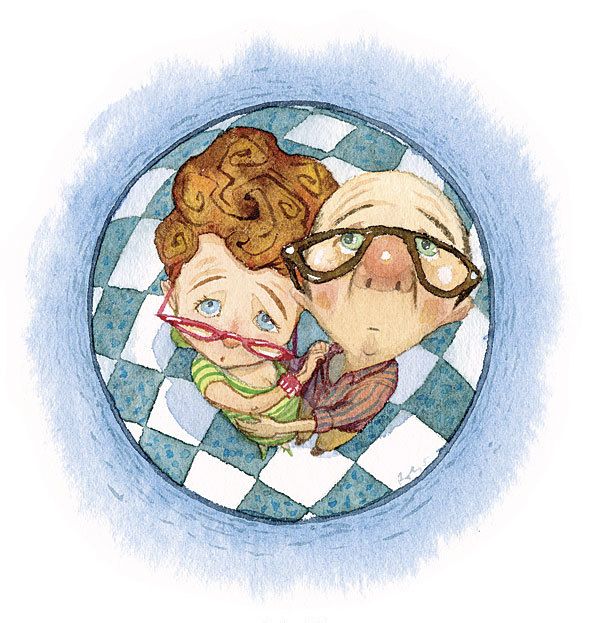
Two years into our remodeling project, we had completed phase one of the work and had paid a great deal of attention to the little things, including finely detailed concrete floors and beautifully finished ceilings. We live in Phoenix, Ariz., where air-conditioning is a mainstay; building a well-insulated house was also a necessity. We built the house with insulating concrete forms, and when it came time to insulate the spaces between the roof and the ceiling, my husband made sure that he sealed every location that could leak conditioned air or allow any means of access to birds and rodents.
For the next six months, we enjoyed our guests’ comments when they visited our house, especially when they complimented our beautiful halls. The long hallway starts with a warm knotty-pine ceiling, then transitions into a drywall ceiling that leads to the bedrooms. My husband is justifiably proud of his drywall-finishing work.
One afternoon, my husband was walking down this hallway when a sound like little footsteps or scratching got his attention. A roof rat? A bird? How in the world did it get in? And why the ceiling? It would be a pain to patch, and it would never look as perfect as it did now. I could sense my husband’s frustration.
“Everything is sealed,” he said. “I insulated and spray-foamed everywhere outside and in. How could anything possibly have gotten in?”
It sounded as though the animal might have been chewing on wiring around a recessed-lighting fixture. Frankly, we were less concerned about the idea of a fire than about the prospect of a dead, decaying animal stuck in the ceiling. My husband decided he had no choice but to cut a hole in the beautifully finished drywall ceiling.
As he set off to the garage for the ladder and saw, I knocked on the ceiling. To my surprise, the creature seemed to be attracted to the knocking near the light fixture and seemed to answer me with scratching and chewing sounds.
I decided to loosen the recessed-light fixture, which I thought might save my husband from cutting into the drywall. As I looked up at the loose fixture, big claws came through the gap. “Honey,” I yelled, “it has claws and is trying to get out, the poor thing.”
As my husband came back with the ladder and saw, my claw-sighting cinched the deal on cutting into the perfection of his work on the ceiling. My husband figured that a 2-ft. by 2-ft. hole should be big enough to free the creature trapped above us. He said, “Stand back. This thing could come flying out into your hair or face.”
As I stood far back, my husband opened the hole, and the scary thing came into the light. Well, it wasn’t a rat, or a bird, or a squirrel, or anything that could have caused any harm or any odor from dying in the ceiling. It was nothing other than an ordinary Palo Verde beetle. There are lots of Palo Verde beetles here in Phoenix. They average 6 in. in length and have very long legs, not claws. They are one of the largest beetles in North America.
As the beetle crawled out of its prison, I could only imagine how my poor husband must have felt about ruining his perfect drywall work to save a bug.
Drawing by: Jackie Rogers
Fine Homebuilding Recommended Products
Fine Homebuilding receives a commission for items purchased through links on this site, including Amazon Associates and other affiliate advertising programs.

Reliable Crimp Connectors

Affordable IR Camera

8067 All-Weather Flashing Tape






















